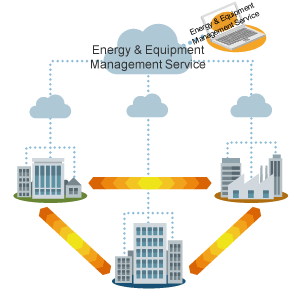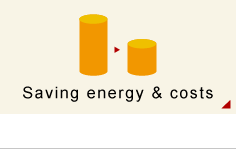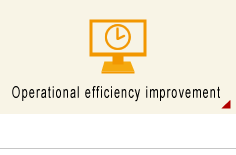Recently, there has been a pursuit of new value focused on efficient energy use, actively striving to reduce carbon emission and save energy in entire cities in order to efficiently use energy and construct environment-friendly cities. Energy & Equipment Management Service integrates respective buildings and energy sources such as natural energy, power generators, heat-sources and storage batteries in new city blocks constructed in redevelopment projects of urban districts and development projects of industrial complexes to collectively control energy demand and supply in these areas, and construct a comprehensive energy infrastructure that enables residents to produce and consume energy locally and use it effectively. Our Service also has a function to share the minimum level of energy in the entire city block in the case of an emergency, thus creating urban areas that are resilient to disasters.


Click on the icon, you can focus the needs.




Applying energy cost reduction targets to the operating plan for multiple facilities and equipment is not an easy task.
Applying CO2 reduction targets to the operating plans for multiple facilities and equipment is not an easy task.
Although power consumption peak times are different for several nearby facilities, we wish to shift peak times among them to increase consumption efficiency.
Despite having a plan with clear targets in place, our performance for some reason deviates from that plan.
We wish to introduce and effectively use a solar power generation system to save energy and reduce CO2 emissions.
When we try to coordinate between several power consumers, we find that the corresponding systems are different.
We would like to adopt a framework to control demand as a means to balance energy demand.
We wish to supply electricity from a facility with a power source to a nearby facility without power source.
We do not know which instructions to issue to on-site managers for various facilities or departments.
Electricity, gas, and water services are managed separately, making it difficult to arrive at an overall picture of the data and formulate plans.
Compiling reports for the government or municipalities is a time-consuming task.
We would like to discuss system operation costs at our management meeting, but cannot extract cost data from the large amount of available data.